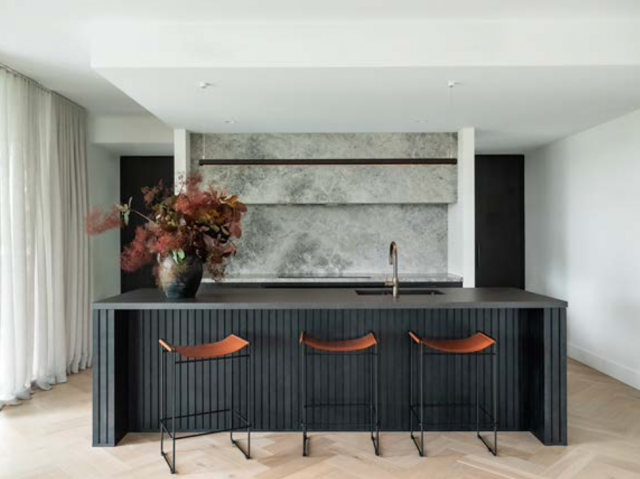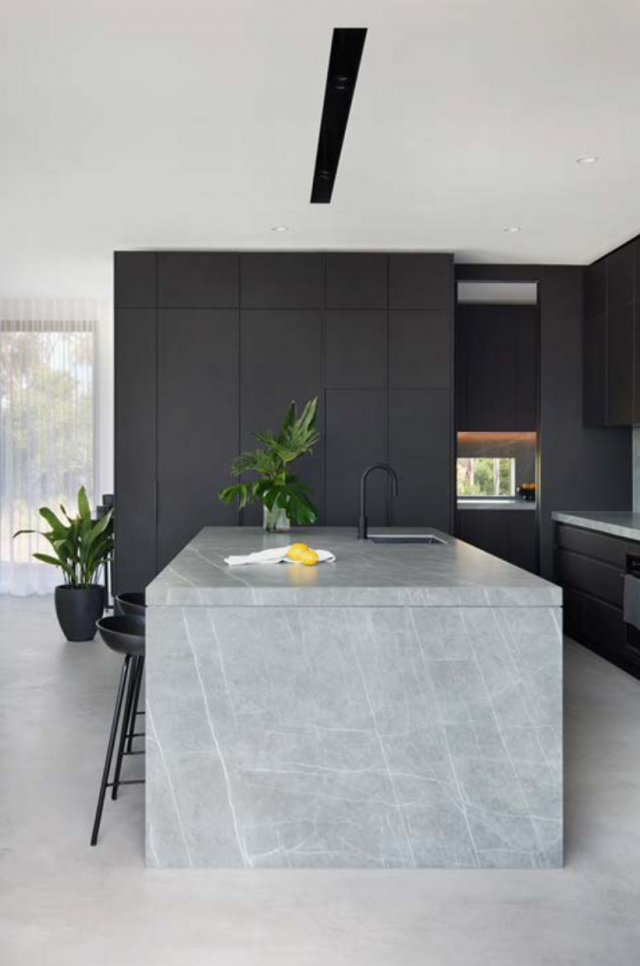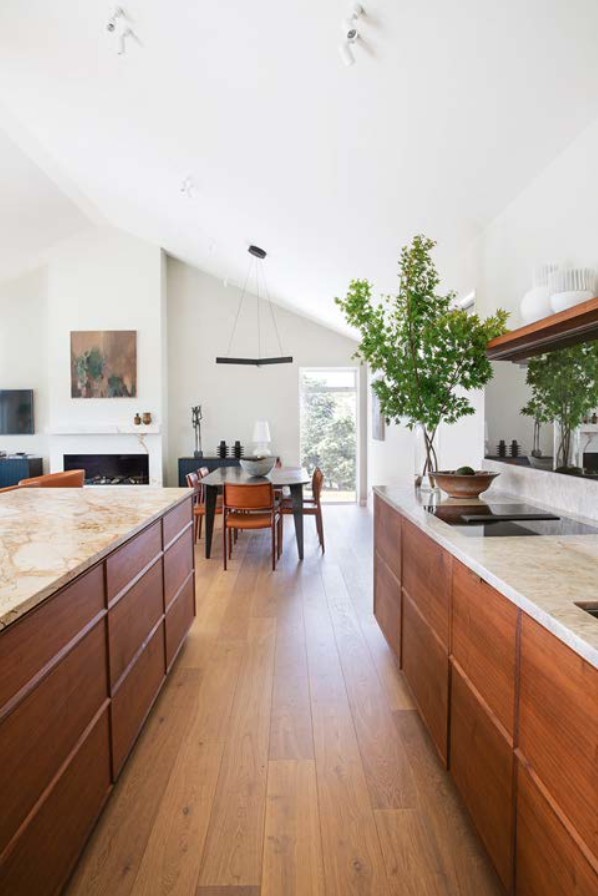5 stylish kitchen design trends to look out for in 2023
With the new year around the corner, it’s time to look ahead at the trends 2023 will have to offer. With unique materials, earth-drawn colours and stunning, statement stone – kitchens are fast becoming the most luxurious place in the home. In order to properly assess what next years kitchens will look like, Kate Deakin-Bell, marketing manager at Neolith, reveals five of the biggest design trends we can expect to see in cooking spaces next year.

1. Earth-drawn colours and materials
Mother Nature will continue to inspire kitchen design in 2023, says Kate. “The new kitchen trends are more thoughtful and considered than ever and are all about enhancing the time you spend in your cooking space. The focus is on comfort and longevity, using beautiful, quality materials that will age gracefully and stand the test of time. Expect to see unpainted wood cabinetry, natural stone benchtops and splashbacks, and muted, natural tones inspired by the outdoors such as sage, olive and buttermilk, which combine to create a sense of calm.”
2. Luxurious stone surfaces
Characterful stone benchtops and splashbacks are a key trend for kitchens in the year ahead, says Kate. “Homeowners are becoming braver with their stone choices, increasingly using it to express their personal style in the kitchen. While soft, understated stone colours and patterns will remain popular in 2023, expect to see stone in bold colours and with dramatic veining trending alongside them. Applied to benchtops and splashbacks, they look incredible paired with 2023’s rustic timbers and organic metal finishes.”

3. Statement islands
Forget boring kitchen islands – 2023’s iteration will be multi-use and packed with personality, says Kate. “The island is the hero of today’s kitchen, so it makes sense to see it receive the decorative attention it deserves.
“Next year, expect to see islands that feel less ‘kitchen-y’ and anything but off the shelf, including ones that resemble a piece of custom furniture, designs with curves, and islands with matchstick legs in powder-coated steel that give you space to tuck a few bar stools underneath – ideal in a compact kitchen.
“With more of us working from home and taking up new hobbies over the pandemic – often at the kitchen island – you’ll also see more tech features, such as integrated charging stations, charging drawers and places for devices to sit while they’re being used.”
4. Darker timbers
Dark timbers are liveable, luxe and exciting – and they’re coming to a kitchen near you in 2023. “Rich timber species such as walnut and blackened oak have been popular for a while now, but they’ll really come into their own in 2023,” says Kate. “And what’s not to love? They are wonderfully versatile and suit everything from modern rustic, contemporary and eclectic to industrial-style kitchens. Dark hues are also incredibly forgiving in a family home.
“Expect to see rich timber used in ever more creative ways in cooking spaces – pair it dramatic, veined benchtops and splashbacks to create a show-stopping colour contrast, add dark floating timber display shelves to personalise your kitchen, consider integrated joinery handles, or bring in texture with contoured panelling.”

5. Natural, ageing finishes
While sleek, modern finishes such as chrome and stainless steel tapware and handles will never really go out of style, expect to see a growing trend for finishes that embrace the natural ageing process in the year ahead, says Kate. “Weathered brass tapware, which has a living, organic finish, is designed to show the patina of time, bringing warmth and character to your kitchen. Add touches of weathered brass to create an appealing contrast against streamlined, contemporary joinery and benchtops, or use it to bring rustic charm to a modern-country cooking space.
“Water-marking and spotting is normal with a weathered brass finish. You’ll find the areas you touch most frequently will develop a light, golden colour while those you interact with less frequently will age and darken.”
For more on Neolith’s sintered stone surfaces

Australian bathroom trends: Smart toilets, LED mirrors and more!
From the latest smart toilet to the launch of two new stone-look surface ranges, there’s plenty of inspiration to be…

Summer ’22 paint trends and expert styling tips
Proving the transformative power of colour yet again, the latest Dulux makeover is a bright, bold confection designed to showcase…











